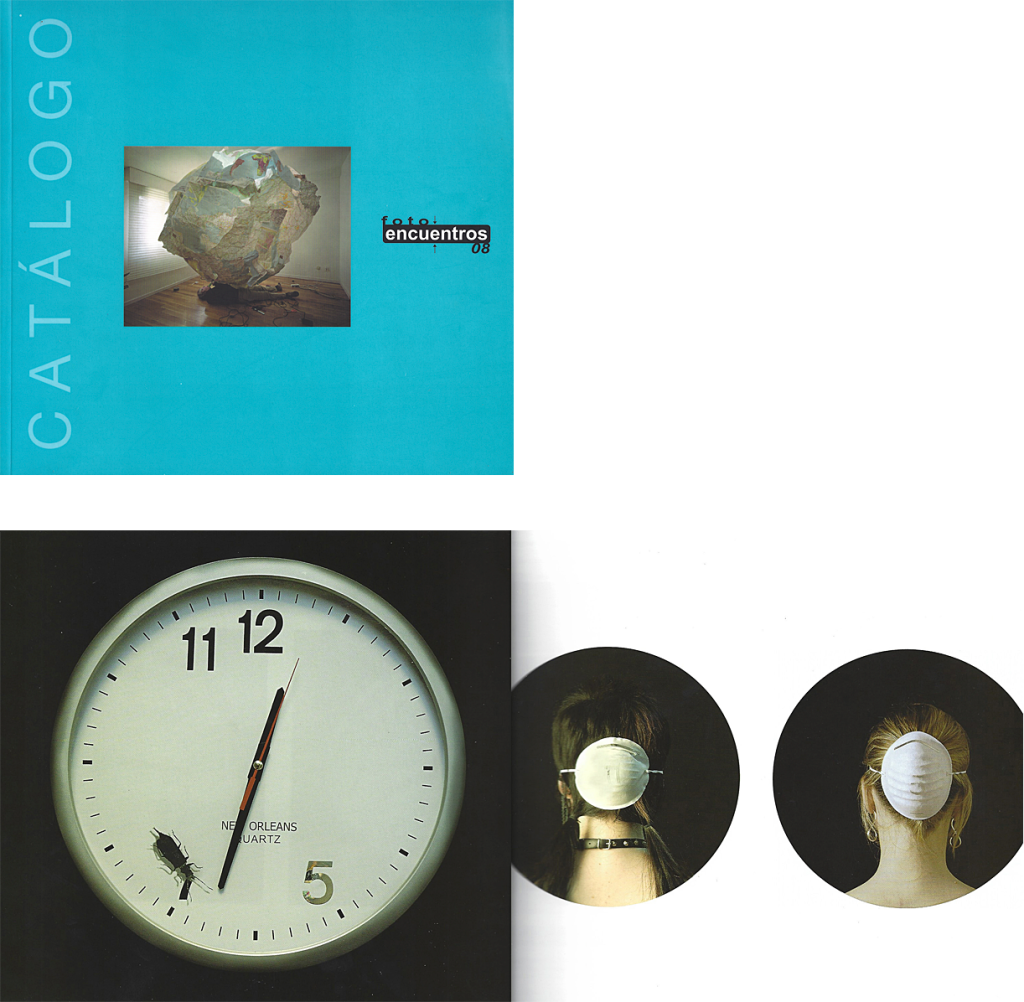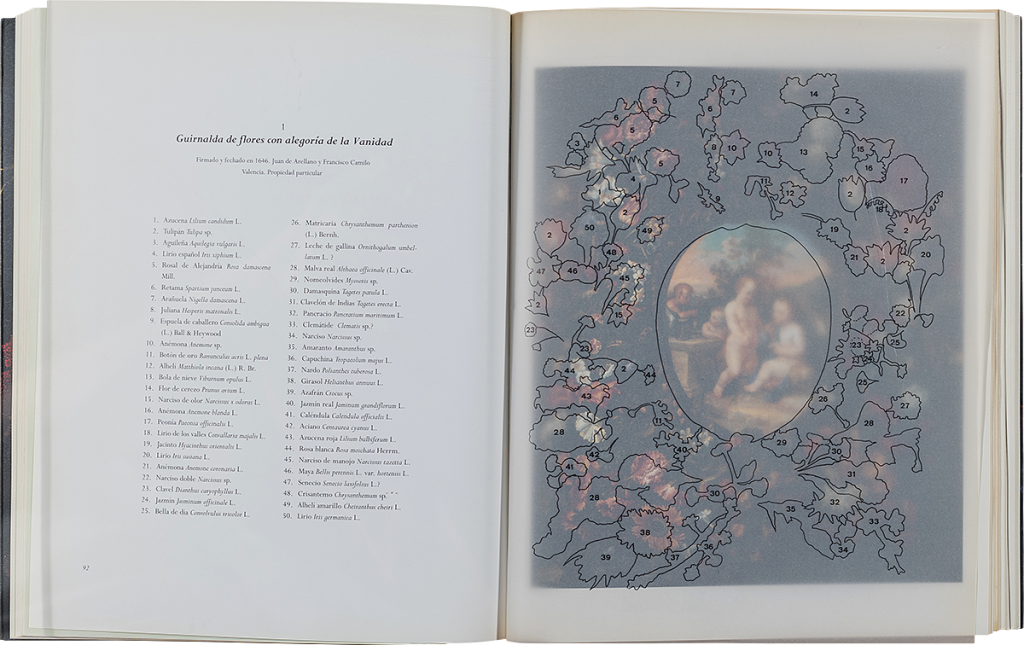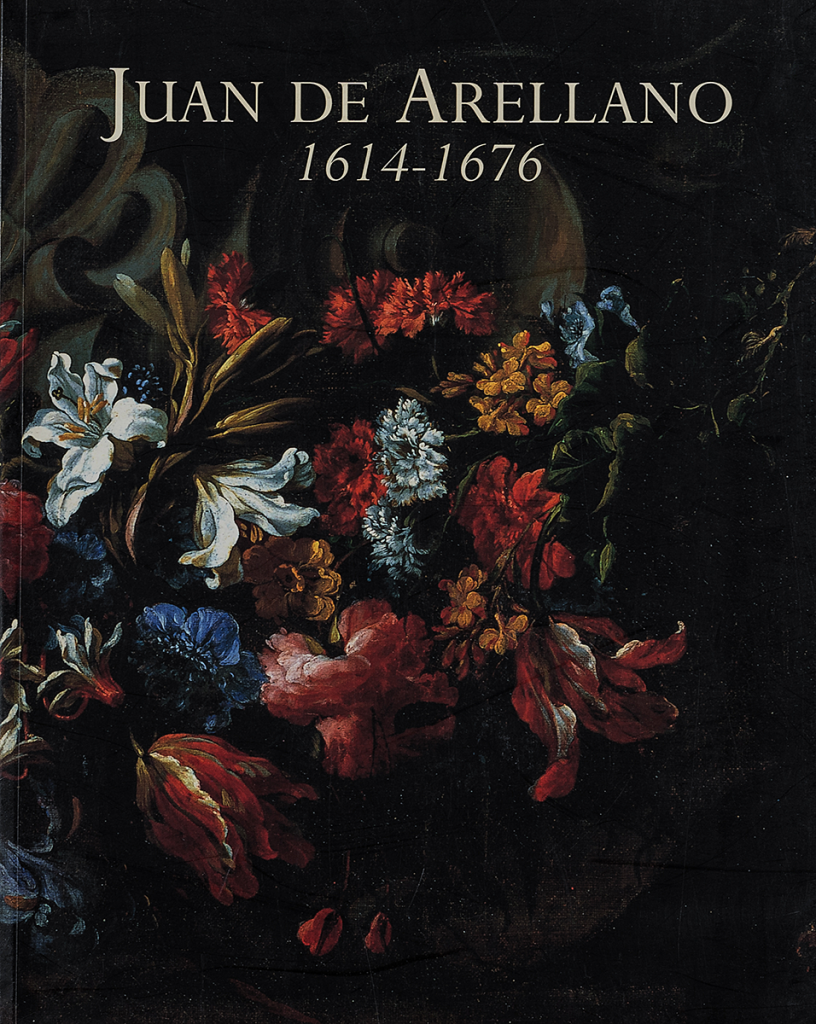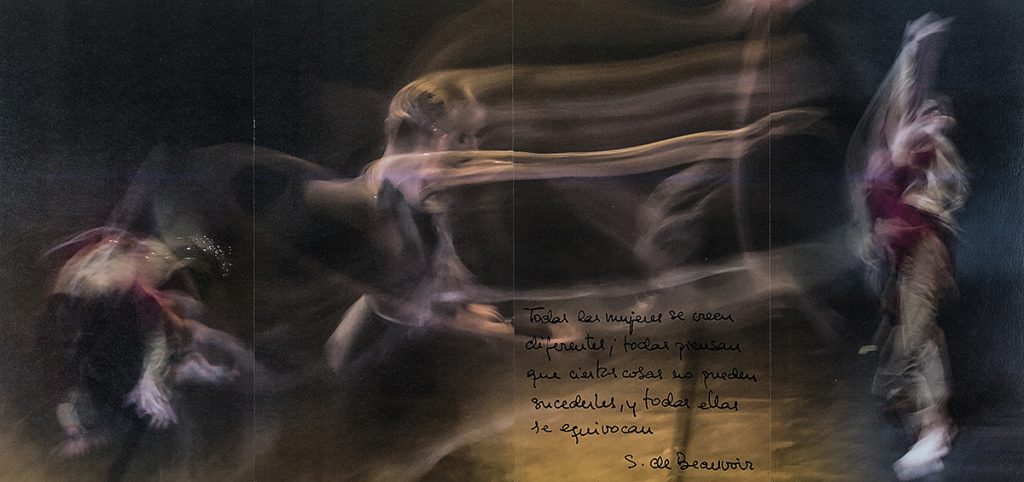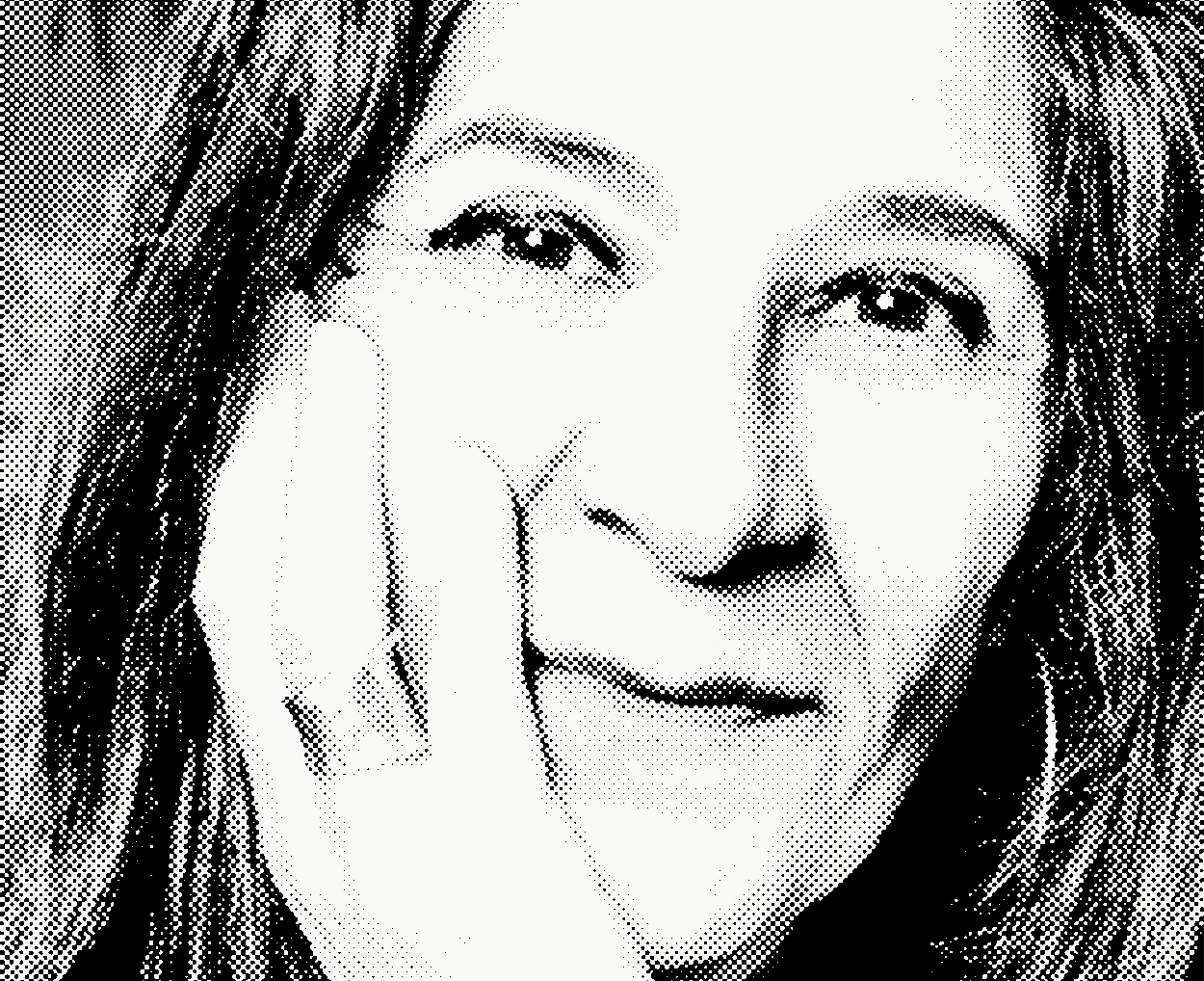
Teresa
Arnal Sánchez
Murcia, 1960
Designer, photographer, educator, and environmental activist.
Designer, educator, photographer, and also an environmental activist, being part of the Citizens’ Assembly for the Climate and presiding over the newly created Civic Assembly for the Climate Association.
Teresa Arnal is one of those people you imagine to be active and sociable from a very young age. A student at Carmelitas who later went on to do COU at IES Infante Juan Manuel, she was part of those — like the poet Soren Peñalver and the musician Ginés de los Reyes, among other restless young people — who found themselves at the headquarters of the Lean magazine, feeling as comfortable as if it were their own home.
In that open newsroom of the cultural weekly magazine founded in 1984 by Joaquín García Cruz, it was there that, on a day more chaotic than usual, she decided to lend a hand by sitting at the computer. And that’s how it all started. The next morning, she joined the photocomposition company Interlid, practicing the craft and learning it at the same time. Later, she worked at Compomur, where she refined her typographic knowledge under the guidance of Raúl and Jorge García Antolinos, thanks to the teachings of José Luis Giménez del Pueblo.
Her career during this time is linked to her friend, the also designer Ángeles Portillo, with whom she would work extensively in later years, now in Madrid. In this first encounter, she transitioned from digital to analog, cutting and pasting on the panels and catalog of Vicente Martínez Gadea’s first exhibition at the College of Architects of Murcia in 1985.
In 1988, Teresa moved to Madrid where she took advantage of the opportunity of the arrival in Spain of international fashion, beauty and trend magazines such as “Marie Claire”, “GQ” and “Dunia”, in which she was head of layout for four years. Armed with Letraset sheets, scraps, scissors, photolithographs and waxing machines. During this time, she worked for some of the best European publishers of the time: G+J, Condé Nast, Sarpe, Alfaguara, Santillana, and Grupo 16. Also for La Casa de América and Roberto Turégano’s studio, where he took over from another third colleague linked to Murcia, Pilar del Sol.
These were times when the three designers used their vacations to travel to Murcia and take care of the design and layout of the Semana de Cine magazine, a newsletter that was created and printed overnight with the collaboration of the companies Formato and Novograf, which allowed them to provide film enthusiasts with the latest updates from the festival alongside the day’s movies.
During this time, she worked for some of the best European publishers of the time: G+J, Condé Nast, Sarpe, Alfaguara, Santillana, and Grupo 16.
In 2004, Teresa permanently returned to Murcia, where she focused on teaching software specialized in design, photo editing, and video, instructing both creatives and teachers at Formato Formación and in private lessons at her studio, helping them navigate the successive versions of Photoshop, Illustrator, InDesign, Lightroom, Premiere, and After Effects.
A regular collaborator of the photographer and cultural promoter Paco Salinas, she has edited, alongside him, photography books for the Mestizo Cultural Association, the Fotoencuentros festival, La Mar de Músicas, and the Historical Photography Center of the Region of Murcia (CEHIFORM), located in Cartagena. Additionally, a decade ago, she decided to explore more personal creative facets and exhibit her photographs in solo exhibitions — at the La Aurora Gallery and the Los Molinos del Río Museum — as well as in several group exhibitions.
Today, Teresa Arnal remains active as a designer, educator, photographer, and also as an environmental activist, being part of the Citizens’ Assembly for the Climate and presiding over the newly created Civic Assembly for the Climate Association, one of her main concerns.
And, after smoothly transitioning from analog to digital, she closely observes the evolution of emerging technologies such as generative AIs, because, as she states, ‘without replacing creativity, which is essential to being human, artificial intelligence can facilitate creative tasks, but it can also complicate them, as the data collection it is based on has biases and, therefore, makes mistakes.
………
Teresa Jular chatted with Teresa Arnal during the month of March 2024.
Cartagena
Family Album of the Region of Murcia

